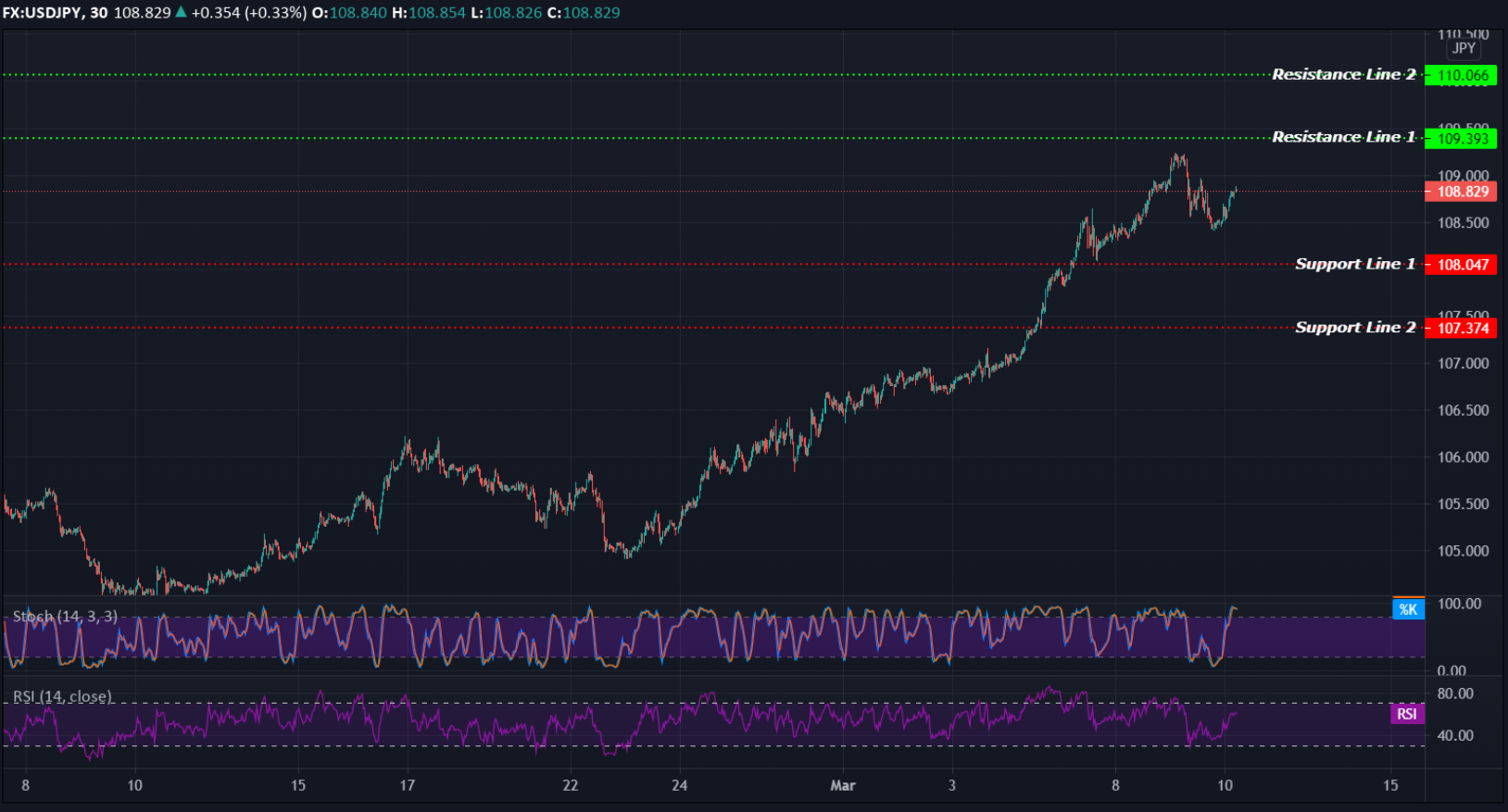EQUITIES
Asia-Pacific markets turned mixed on Wednesday afternoon, struggled to hold onto earlier gains.
The Nikkei 225 gave up early gains to trade near flat and the South Korea’s KOSPI pulled back gains to trade at -0.31% lower. In Australia, the benchmark S&P/ASX 200 was unable to sustain early gains and fell -0.48% where the energy sector tumbled 2.11% as oil prices remained under pressure. The Singapore’s Straits Times index slipped -0.94%.
Chinese mainland shares gained as the Shanghai composite added 0.67% while the Hang Seng index rose 0.45%, and the India’s S&P BSE Sensex index was up 0.61%.
Overnight on Wall Street, each of the major averages closed higher, led by a gain of nearly 4% in the Nasdaq, giving the tech-heavy index its best day since Nov. 4. The Nasdaq Composite added 3.69%, the Dow Jones Industrial Average rose 0.1% to end at 31,832.74, and the S&P 500 gained 1.42%.
OIL
Oil fell for a third straight session on Wednesday as investors took profits while looking ahead to EIA inventories data due later in the day. The Brent crude futures traded to $66.99 per barrel, while the U.S. crude futures at $63.58 per barrel.
On Tuesday, both benchmarks shed more than 1%. The Brent closed at $67.52 while WTI futures ended at $64.01 per barrel.
CURRENCIES
The U.S. dollar rose to claw back some of the losses overnight. The dollar index last stood at 92.15.
The benchmark 10-year Treasury yield stabilised around 1.54% after a 3-day drop from a 1-year high of 1.6250%.
Riskier currencies including the Australian and New Zealand dollars retreated following big gains on Tuesday.
Bitcoin turned lower after earlier topping $55,000 record.
GOLD
Gold spot shed to trade at $1,713.90 an ounce, while rose around $1,711.00 per ounce for gold futures. Previously closed at $1,616.40 and $1,716.90, respectively.
ECONOMIC OUTLOOK
Asian stocks steadied on Wednesday, as a pullback in the U.S. and European bond yields eased concerns about surging inflation, buoying equity markets. Meanwhile investors focus also on the Chinese markets amid worries about policy tightening in the world's second-largest economy.
The U.S. House of Representatives voted on Tuesday to advance President Biden's $1.9 trillion COVID-19 relief bill, clearing the way for the measure to be considered on Wednesday, when it is expected to pass.
According to OECD forecasts, U.S. recovery turbocharged by President Joe Biden's stimulus package will help power a faster-than-expected global economic, upswing that risks leaving Europe behind.
U.S. inventory report from the API showed that the crude inventories rose by 12.8 million barrels in the week to March 5. Official figures from the EIA are expected Wednesday at 10:30 a.m. ET.
To date, number of confirmed worldwide cases for COVID-19 pandemic has surpassed 117.537 million, recording more than 2.609 million fatality globally.
TECHNICAL OUTLOOK
[USDJPY]
Important Levels to Watch for Today:
- Resistance line of 109.393 and 110.066.
- Support line of 108.047 and 107.374.
Commentary/ Reason:
The dollar climbed 0.33% to trade at 108.829, not far from a new 9-month high touched on previous session.
The dollar garnered support after U.S. House voted to advance the stimulus bill, clearing the way for the measure to be considered on Wednesday, when it is expected to pass.
The dollar also strengthened after the Tuesday’s report by the OECD to raise the country 2021 global GDP estimate to 5.6% from a Dec forecast of 4.2%, which was hawkish for Fed policy.
The dollar also rose as the benchmark 10-year Treasury yield stabilised, after its 3-day drop. Meanwhile Japan downgrades its Q4 GDP as companies scale back spending.















